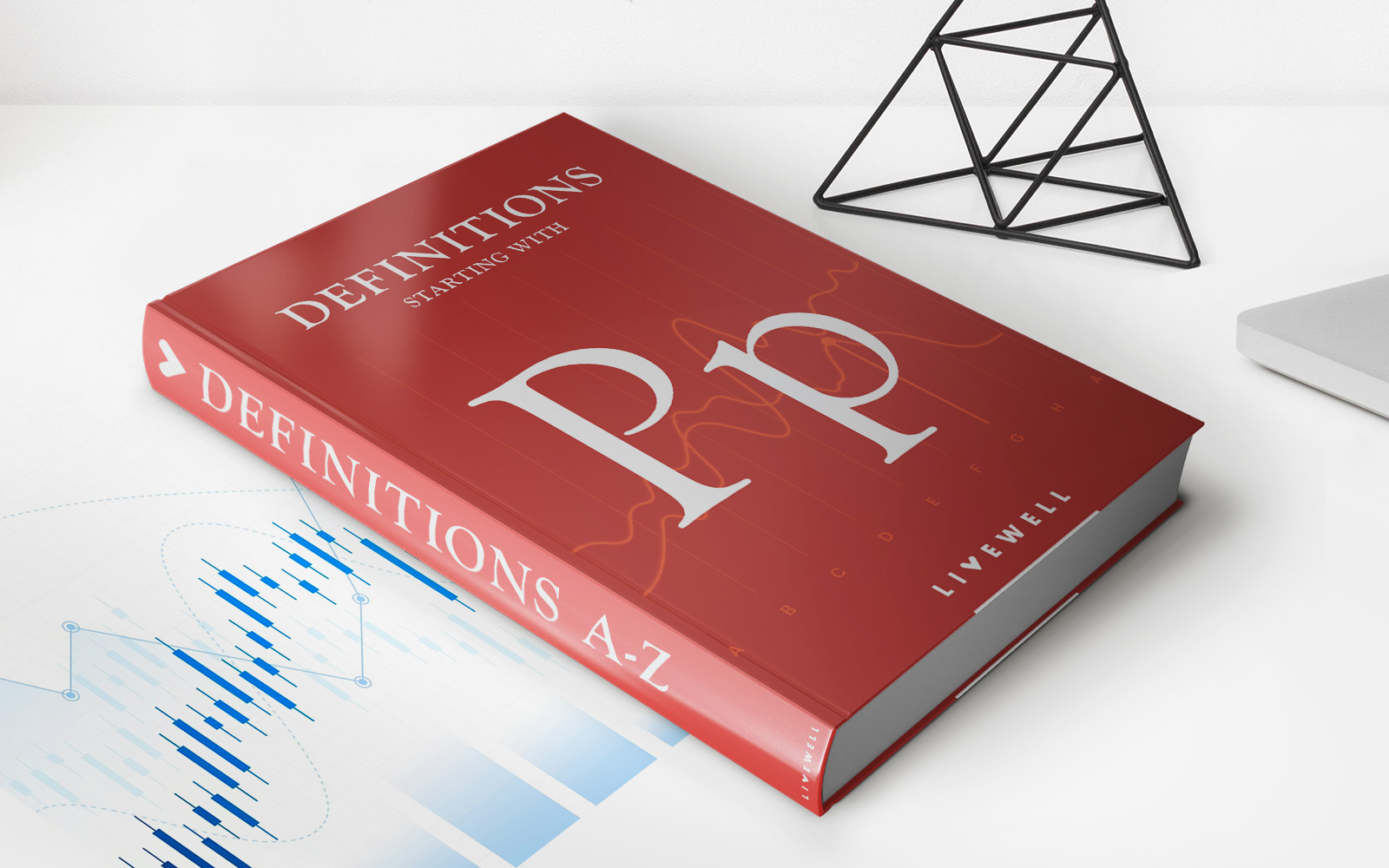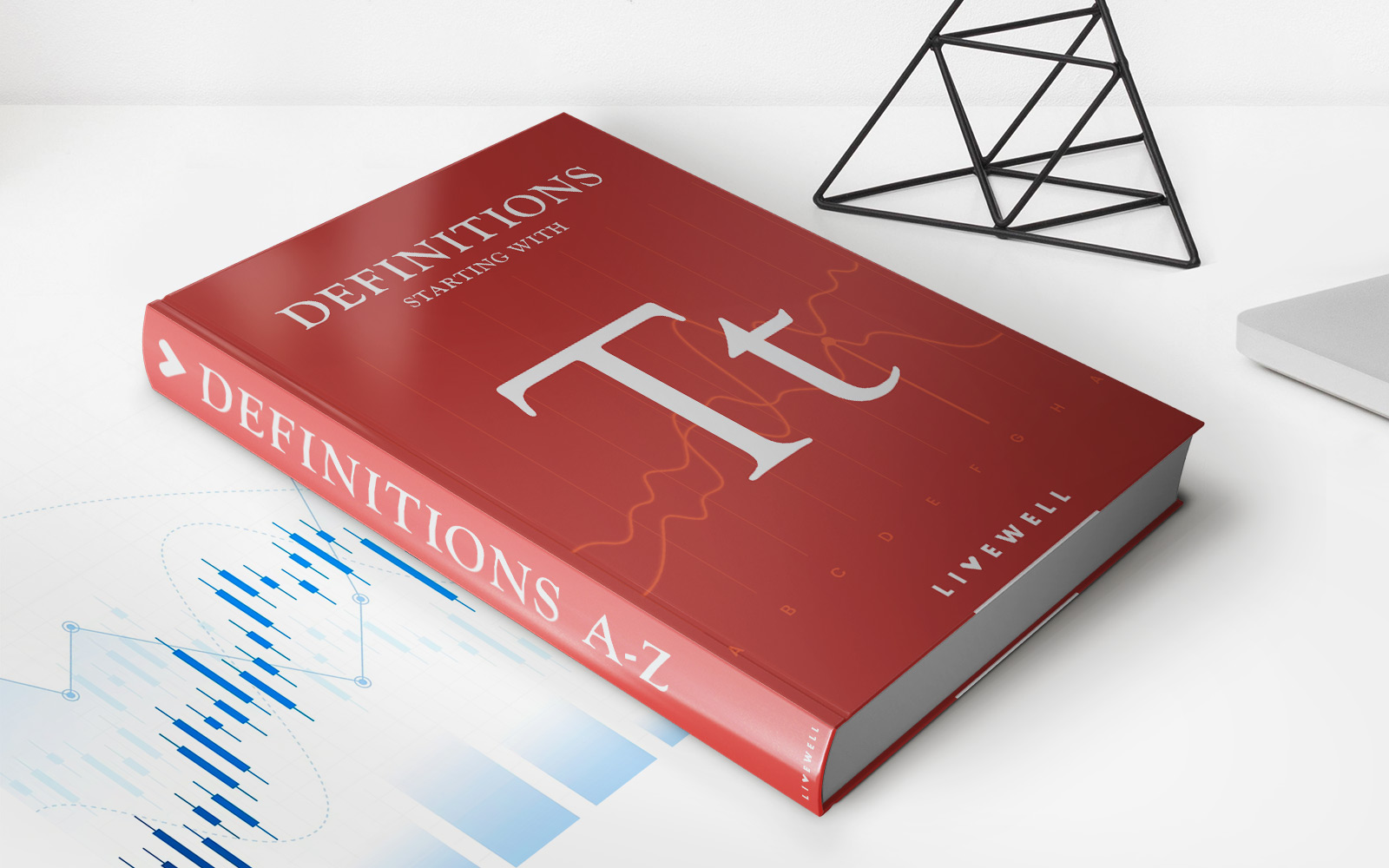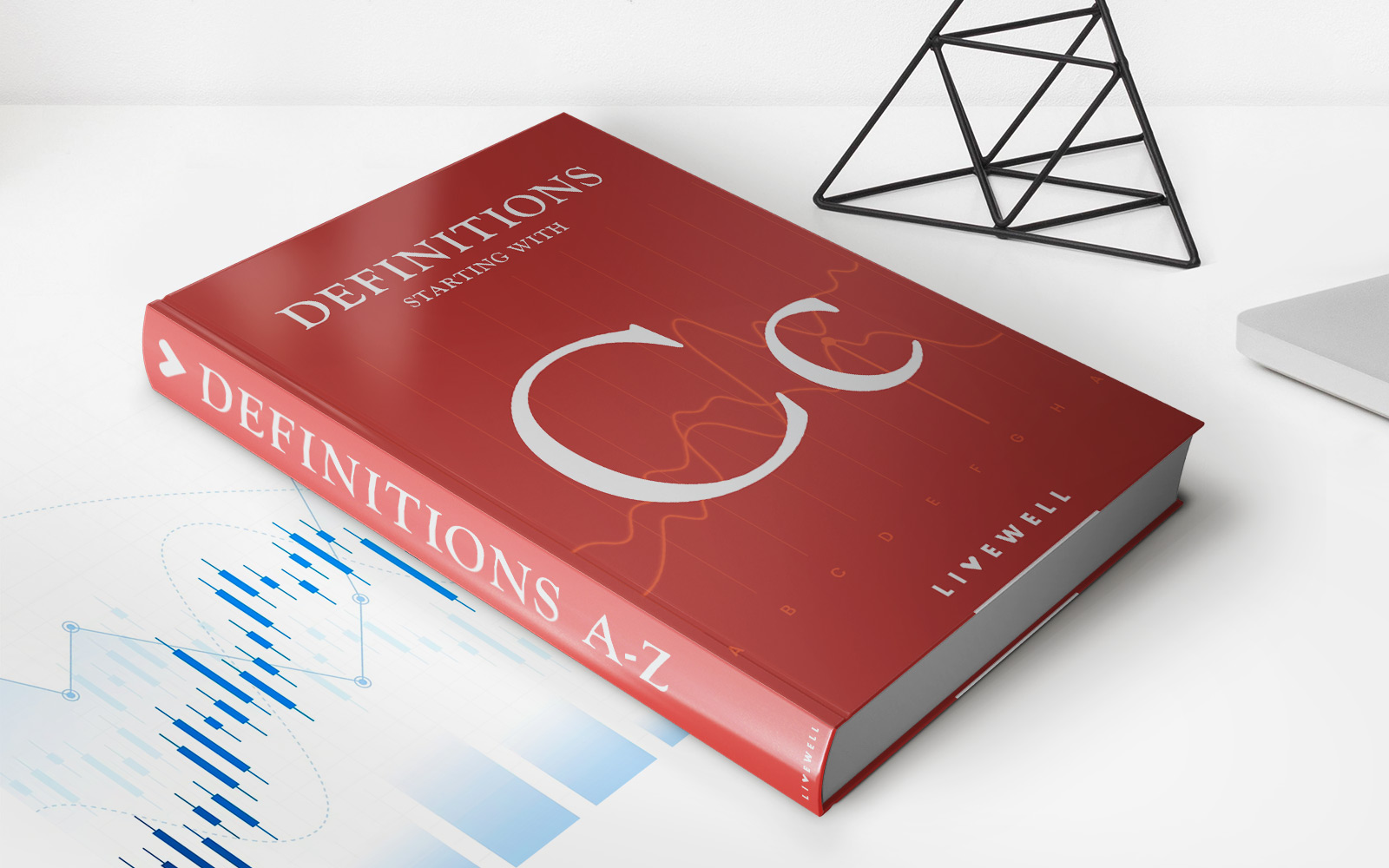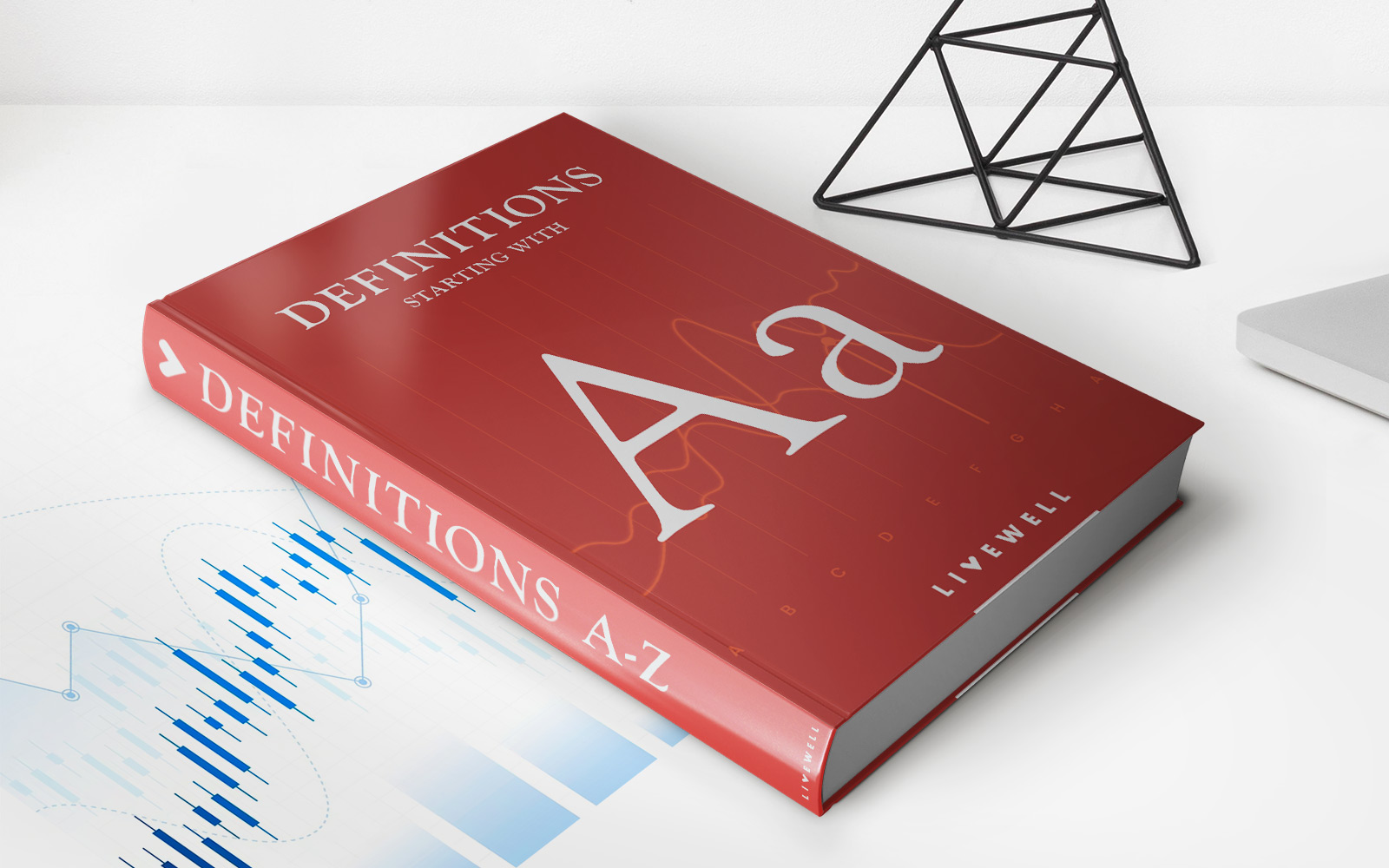

Finance
What Is A Grace Period For Loan Payments?
Published: February 21, 2024
Learn about grace periods for loan payments in finance. Understand how they work and their impact on your financial obligations.
(Many of the links in this article redirect to a specific reviewed product. Your purchase of these products through affiliate links helps to generate commission for LiveWell, at no extra cost. Learn more)
Table of Contents
Introduction
A grace period for loan payments is a valuable feature offered by many lenders, providing borrowers with a window of time during which they can make payments without incurring penalties. This period typically follows the due date, offering a brief respite from the immediate consequences of a missed payment. Understanding the nuances of grace periods is essential for borrowers, as it can significantly impact their financial well-being.
Grace periods are prevalent in various types of loans, including student loans, mortgages, and credit cards. While the specific terms and conditions may vary between lenders and loan products, the fundamental concept remains consistent. This article delves into the intricacies of grace periods, shedding light on their benefits, potential risks, and the types of loans that commonly feature this provision.
By gaining insight into grace periods, borrowers can make informed decisions about their financial obligations and leverage this feature to navigate temporary financial constraints. Understanding the implications of grace periods empowers individuals to manage their loan repayments responsibly, ultimately contributing to their financial stability and peace of mind.
Understanding Grace Periods
A grace period is a specified duration after the due date during which a borrower can submit a payment without facing late fees or other penalties. It serves as a buffer, providing borrowers with a brief extension beyond the due date to fulfill their financial obligations. While the grace period offers flexibility, it’s crucial to comprehend the specific terms outlined in the loan agreement, as they can vary based on the lender and the type of loan.
During the grace period, borrowers can make payments without incurring negative consequences, such as a reduction in their credit score or the imposition of late fees. This feature is particularly advantageous for individuals facing temporary financial constraints or unexpected expenses, as it offers a brief reprieve from the immediate repercussions of missing a payment deadline.
It’s essential for borrowers to be aware of the duration of the grace period and any associated conditions. Some lenders may offer a fixed grace period, such as ten days, following the due date, while others might base it on the billing cycle. Understanding these specifics empowers borrowers to plan their repayments effectively and avoid unintended penalties.
Moreover, the presence of a grace period doesn’t negate the importance of timely payments. While it provides flexibility, consistently making payments by the due date is crucial for maintaining a positive credit history and financial stability. Borrowers should view the grace period as a helpful safeguard for unforeseen circumstances rather than a license for habitual late payments.
By comprehending the purpose and parameters of grace periods, borrowers can navigate their loan obligations with greater confidence and foresight. This understanding enables them to leverage the grace period judiciously, ensuring that they meet their repayment responsibilities while effectively managing their financial resources.
Types of Loans with Grace Periods
Grace periods are a prevalent feature in various types of loans, offering borrowers flexibility and a degree of leniency in managing their repayments. Understanding the loan products that commonly incorporate grace periods is essential for individuals seeking financial assistance. The following are some of the key types of loans that often include grace periods:
- Student Loans: Many student loan programs provide a grace period after the borrower graduates, withdraws from school, or drops below half-time enrollment. This grace period offers a transitional phase during which borrowers can prepare to enter the workforce before commencing their loan repayments.
- Mortgages: Some mortgage agreements feature a grace period, typically ranging from a few days to a month after the due date. This provision allows homeowners to make their mortgage payments without incurring late fees during the specified grace period.
- Credit Cards: Credit card issuers often offer a grace period during which cardholders can pay their outstanding balance without accruing interest. This period usually begins after the billing cycle ends and before the payment due date.
- Auto Loans: Certain auto loan agreements may include a grace period, providing borrowers with a window of time to submit their payments without facing penalties. This feature can be particularly beneficial for individuals facing temporary financial constraints.
It’s important to note that the presence and duration of grace periods can vary between lenders and specific loan agreements. Borrowers should thoroughly review the terms and conditions of their loans to understand the specifics of the grace period and how it applies to their repayment schedule.
By identifying the types of loans that incorporate grace periods, borrowers can proactively manage their financial commitments and leverage this feature to navigate temporary financial challenges effectively. Understanding the nuances of grace periods in different loan categories empowers individuals to make informed decisions and maintain financial stability.
Benefits of Grace Periods
Grace periods offer several benefits to borrowers, providing them with a degree of flexibility and financial breathing room. Understanding and leveraging these advantages can significantly impact a borrower’s financial well-being. The following are some key benefits associated with grace periods:
- Flexibility: Grace periods provide borrowers with a brief extension beyond the due date to make their payments, offering flexibility in managing their financial obligations. This feature can be particularly valuable during periods of unexpected expenses or temporary financial constraints.
- Opportunity to Avoid Late Fees: By utilizing the grace period effectively, borrowers can submit their payments without incurring late fees or penalties. This can help individuals navigate short-term financial challenges without exacerbating their financial burden with additional fees.
- Protection of Credit Score: Grace periods offer a safeguard against negative impacts on the borrower’s credit score. By making payments within the grace period, individuals can avoid detrimental effects on their credit history, preserving their overall financial standing.
- Transitional Support: In the case of student loans, grace periods offer graduates a transitional phase as they prepare to enter the workforce. This period allows individuals to establish themselves professionally before commencing their loan repayments.
- Interest Savings: For credit card holders, the grace period presents an opportunity to pay their outstanding balance without accruing additional interest. By utilizing this feature, borrowers can save on interest costs and manage their credit card debt more effectively.
By recognizing and capitalizing on these benefits, borrowers can navigate their loan repayments with greater confidence and strategic planning. Grace periods serve as a valuable tool for managing temporary financial challenges and maintaining financial stability. It’s important for borrowers to utilize this feature responsibly and proactively communicate with their lenders when necessary to ensure a smooth repayment process.
Risks of Grace Periods
While grace periods offer valuable advantages, it’s essential for borrowers to be mindful of potential risks associated with this feature. Understanding these risks can help individuals make informed decisions and navigate their loan obligations responsibly. The following are some key risks to consider when utilizing grace periods:
- Complacency: The presence of a grace period may lead some borrowers to develop a habit of making payments within the grace period rather than by the initial due date. This can potentially result in a lax approach to timely payments, impacting the borrower’s financial discipline and credit management.
- Accrual of Interest: In certain loan agreements, such as credit cards, the grace period may not apply to new purchases if the previous balance is not paid in full. This can lead to the accrual of interest on new transactions, affecting the overall cost of borrowing.
- Extended Debt Repayment: While grace periods offer temporary relief, consistently relying on this feature to delay payments can lead to prolonged debt repayment and increased interest costs over time. Borrowers should strive to use the grace period judiciously and proactively address any financial challenges to avoid a cycle of extended indebtedness.
- Impact on Budgeting: Relying on the grace period to manage cash flow challenges can disrupt effective budgeting and financial planning. It’s important for borrowers to maintain a proactive approach to financial management and seek alternative solutions to address temporary financial constraints.
- Missed Communication: Misunderstandings or miscommunication regarding the terms of the grace period can lead to unintended late payments and potential negative impacts on the borrower’s credit history. Clear and proactive communication with the lender is essential to ensure a mutual understanding of the repayment terms.
By acknowledging these risks, borrowers can approach grace periods with a balanced perspective, leveraging the benefits while mitigating potential drawbacks. It’s crucial for individuals to maintain financial discipline, prioritize timely payments, and view the grace period as a temporary solution for unforeseen challenges rather than a long-term strategy for managing loan repayments.
Conclusion
Grace periods for loan payments serve as a valuable tool for borrowers, offering a temporary respite from the immediate consequences of missed payment deadlines. By understanding the intricacies of grace periods, individuals can navigate their loan obligations with greater flexibility and strategic planning, ultimately contributing to their financial well-being. While grace periods present numerous benefits, it’s essential for borrowers to approach this feature responsibly and proactively communicate with their lenders when necessary.
By recognizing the types of loans that commonly incorporate grace periods, such as student loans, mortgages, credit cards, and auto loans, borrowers can make informed decisions about their financial commitments and leverage this feature to manage temporary financial challenges effectively. It’s crucial to comprehend the specific terms and conditions outlined in the loan agreement to maximize the benefits of the grace period while mitigating potential risks.
Understanding the benefits of grace periods, including flexibility, the opportunity to avoid late fees, and protection of credit scores, empowers borrowers to navigate short-term financial constraints without compromising their financial stability. However, it’s equally important to be mindful of the risks associated with grace periods, such as complacency, accrual of interest, and extended debt repayment, to maintain financial discipline and responsible borrowing practices.
In conclusion, grace periods offer borrowers a valuable opportunity to manage their loan repayments effectively, providing a degree of leniency during challenging circumstances. By embracing the benefits of grace periods while mitigating potential risks, individuals can uphold their financial responsibilities, preserve their creditworthiness, and achieve long-term financial stability.














